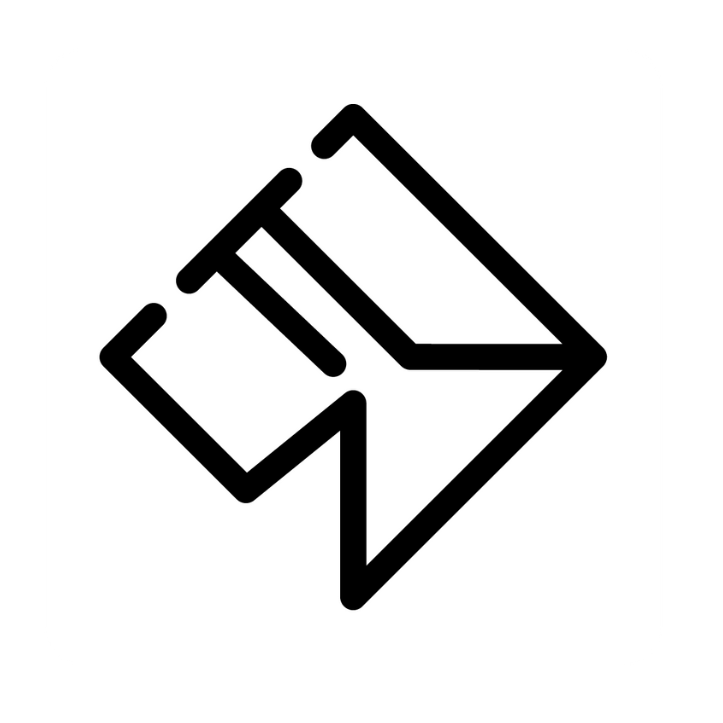Anatomía de una cuenta saludable en Google Ads
Introducción
Igual que un médico que una radiografía para detectar lo que no se ve a simple vista, una cuenta de Google Ads también tiene signos vitales que revelan si está saludable o necesita atención urgente.
En esta guía te comparto una checklist completa y práctica basada en cuentas reales para ayudarte a evaluar la salud de tu cuenta desde lo técnico, lo estratégico… y también lo humano.
Índice
Estructura clara y alineada a tus objetivos
Conversiones bien configuradas y activas
Métricas coherentes con tu objetivo
Estrategia de puja estable y justificada
Audiencias bien trabajadas (no solo remarketing)
Pruebas activas en anuncios y recursos
Orden, limpieza y coherencia general
Cumplimiento de políticas publicitarias
Evalúa la calidad real de tus anuncios
Gestionar campañas en Google Ads no se trata solo de obtener clics o bajar el costo por conversión. Una cuenta saludable es aquella que tiene estructura, claridad, propósito y consistencia. En este artículo, te mostramos los 7 pilares que hacen que una cuenta funcione de verdad, sin depender de trucos ni automatizaciones mal entendidas.
1. Estructura clara y alineada a tus objetivos
Una cuenta bien estructurada refleja la lógica del negocio. Cada campaña debe responder a un propósito específico, ya sea captar leads, generar ventas o aumentar el reconocimiento de marca.
Buenas prácticas:
Nombres de campaña descriptivos (ej. "Captación | ERP PYMEs")
Agrupación por etapa del embudo o tipo de producto
Evita duplicados sin control ni “Campaña 1”
2. Conversiones bien configuradas y activas
Configurar conversiones no es solo marcar objetivos: se trata de asegurarse de que los datos sean reales, útiles y estén bien conectados con la estrategia.
Verifica que:
Estén activas y funcionando (sin errores de seguimiento)
No haya duplicaciones innecesarias
Se midan eventos que realmente aportan valor (ventas, formularios, contactos)
3. Métricas coherentes con tu objetivo
Una cuenta saludable no busca impresionar con cifras aisladas. Las métricas deben tener coherencia interna según el tipo de campaña y sector.
Indicadores clave:
CTR razonable (entre 4% y 8% suele ser saludable, pero depende)
CPC en línea con tu presupuesto y valor por clic
Conversion Rate que indique eficiencia, no solo tráfico
4. Estrategia de puja estable y justificada
Cambiar de puja sin darle oportunidad de aprendizaje a tu anuncio es señal de confusión. Una estrategia de puja saludable es aquella que se adapta a tus datos y objetivos.
Recomendaciones:
Usa Maximizar conversiones si no tienes volumen para CPA o ROAS
Evita cambiar de estrategia sin motivo claro
Monitorea la estabilidad del rendimiento antes de decidir ajustes
5. Audiencias bien trabajadas (no solo remarketing)
Una cuenta madura trabaja con datos propios, intereses específicos y señales reales de intención.
Tipos de audiencias recomendadas:
Audiencias personalizadas por intención de búsqueda
Usuarios que visitaron páginas clave de tu sitio
Clientes o leads cargados desde tu CRM
6. Pruebas activas en anuncios y recursos
Las cuentas saludables nunca se quedan con una sola versión de anuncio. Se experimenta, se mide y se mejora.
Acciones clave:
Test A/B de anuncios RSA con títulos y descripciones diferentes
Uso de extensiones variadas (enlaces, textos destacados, llamadas)
Versiones adaptadas por dispositivo o ubicación
7. Orden, limpieza y coherencia general
No es solo un tema estético. La limpieza y organización de tu cuenta impactan directamente en la facilidad de análisis y optimización.
Detalles que marcan la diferencia:
Columnas personalizadas según tu objetivo
Etiquetas bien usadas para clasificar campañas
Listas de palabras clave negativas bien gestionadas
Extensiones aplicadas correctamente
8. Cumplimiento de políticas publicitarias
Una cuenta puede estar técnicamente optimizada, pero si infringe políticas (como redirecciones engañosas, promesas no verificadas o landing pages poco claras), puede ser limitada, suspendida o penalizada.
Presta atención al uso correcto del texto del anuncio, destino final, reclamos válidos, logos, marcas, entre otros.
Además, algunos rubros están sujetos a requisitos adicionales. Por ejemplo:
En el sector médico o farmacéutico, se puede requerir una certificación de Google para anunciantes de atención médica.
En sectores financieros o de préstamos, se puede exigir la verificación de licencia o registro local, e incluso aprobarse solo en ciertos países.
👉 Tip: consulta siempre el centro de políticas publicitarias de Google Ads si trabajas en nichos regulados.
9. Evalúa la calidad real de tus anuncios
Una cuenta saludable no solo se basa en la estructura o la configuración técnica. También debe producir anuncios eficaces, es decir, mensajes que realmente conectan con el usuario, generan clics de calidad y contribuyen a las conversiones.
Hazte estas preguntas clave:
¿El mensaje principal del anuncio es claro, directo y coherente con lo que prometes?
¿La propuesta de valor se percibe fácilmente y resulta atractiva?
¿Están generando conversiones o, al menos, eventos valiosos dentro del embudo?
¿La coherencia entre el anuncio y la landing page es alta?
También revisa el nivel de calidad de los anuncios, ya que Google premia con mejores posiciones y menores CPCs a aquellos que ofrecen una experiencia relevante y útil al usuario.
🙌 ¿Y ahora qué?
¿Quieres comparar estos puntos con tu propia cuenta? Te recomendamos realizar una auditoría mensual rápida basada en esta lista. Si necesitas ayuda más personalizada, nuestro equipo en Adsual puede ayudarte a revisarla paso a paso.
¿Necesitas ayuda para conseguir clientes?
Reserva una videollamada donde responderemos a tus dudas y te ayudaremos totalmente gratis a plantear la estrategia que más beneficie a tu empresa.
>>Clic aquí para una videollamada de asesoramiento gratuita<<







